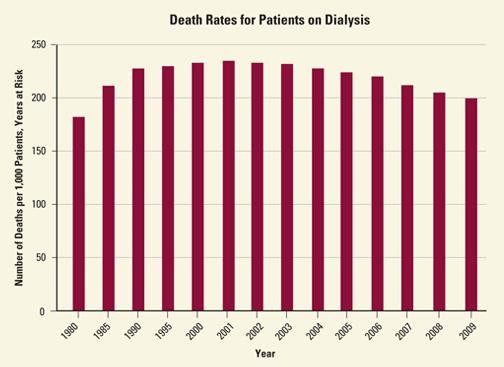Motley Fool Options Whiz
Post on: 10 Июль, 2015 No Comment

Lesson 9: Look even farther into the future with these longer-term options
Why use LEAPS?
- Long-term options allow you to take a long-term bullish or bearish position on an underlying stock or index with less capital at risk than buying or shorting outright. LEAPS provide more time for your thesis to play out, and their time value decays at a slower rate than that of shorter-term options (which helps keep more of your profit intact if you close early).
1990 was a good year. Gas was $1.34 per gallon, The Simpsons aired on television for the first time, East and West Germany reunited, and the CBOE added a new type of option called L ong-term E quity A nticiP ation S ecurities (LEAPS). Somewhere deep in the forests of Canada, a young Jim Gillies was tapping his fingers and mumbling excellent. in a voice so sinister even Mr. Burns would shiver.
What Are LEAPS?
LEAPS are just like regular options, but they have far-off expiration dates anywhere from one to three years. They work just like the shorter-term options you’re familiar with.
With LEAPS, as with shorter-term options:
- You can buy or sell calls or puts. One contract refers to 100 shares of the underlying stock. You can choose your expiration date and strike price (though LEAPS only expire in January). You can exercise your option at any point prior to expiration. You cannot participate in the dividends or shareholder voting that come with stock ownership.

So are LEAPS and shorter-term options kissing cousins? Actually, more like morphing cousins. Once a LEAPS option has less than nine months remaining, it is renamed (its ticker is changed), and it becomes a shorter-term option.
We can use LEAPS in any options strategy, but Motley Fool Options will most often buy them, use them for spreads, create diagonal calls, and create synthetic positions. In each of these strategies, the common thread is a long time horizon and LEAPS are the best option for that job.
Long-Term vs. Short-Term Options: The Nitty-Gritty
Besides the length of the contract, here’s how LEAPS differ from shorter-term options:
- More time value, but less time value per day . Remember, time value is the premium you pay above intrinsic value whenever you buy an option. It is the dollar amount options investors place on not knowing how much higher or lower the underlying stock price will be at expiration. Because LEAPS options don’t expire for at least a year, the uncertainty of future stock price movements is greater, so they carry more time value on an absolute basis than shorter-term options but they almost always carry less time value on a per-day basis than their shorter-term counterparts. This means you’re paying less per day to own a LEAPS option than you would to own an option expiring sooner and that’s a good thing.
Consider the following call options on IBM (NYSE: IBM), which traded at $203.42 when this article was written:














